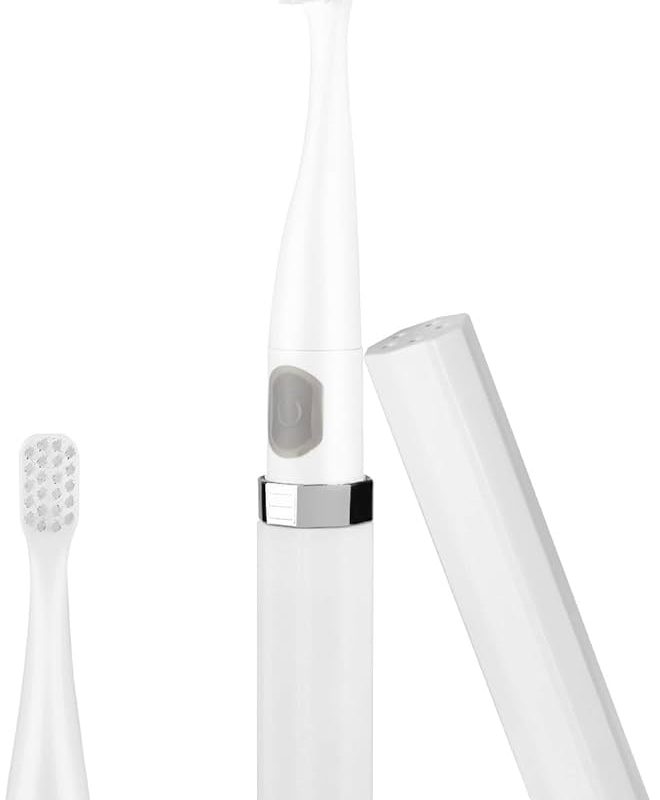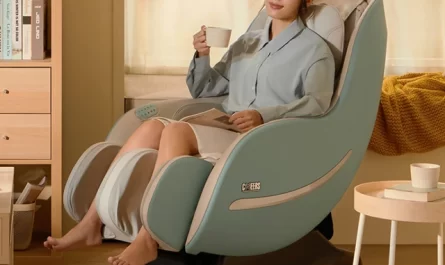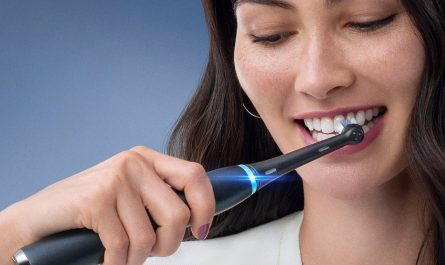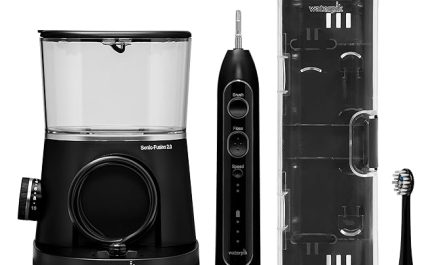Introduction:
Small electric toothbrushes are gaining popularity for their efficiency, convenience, and ability to deliver a superior clean in hard-to-reach areas. While larger models are effective, smaller electric toothbrushes can offer unique benefits that make them particularly appealing for certain users. This guide will explore the various aspects of small electric toothbrushes, from their features and benefits to considerations for different age groups and specific needs.
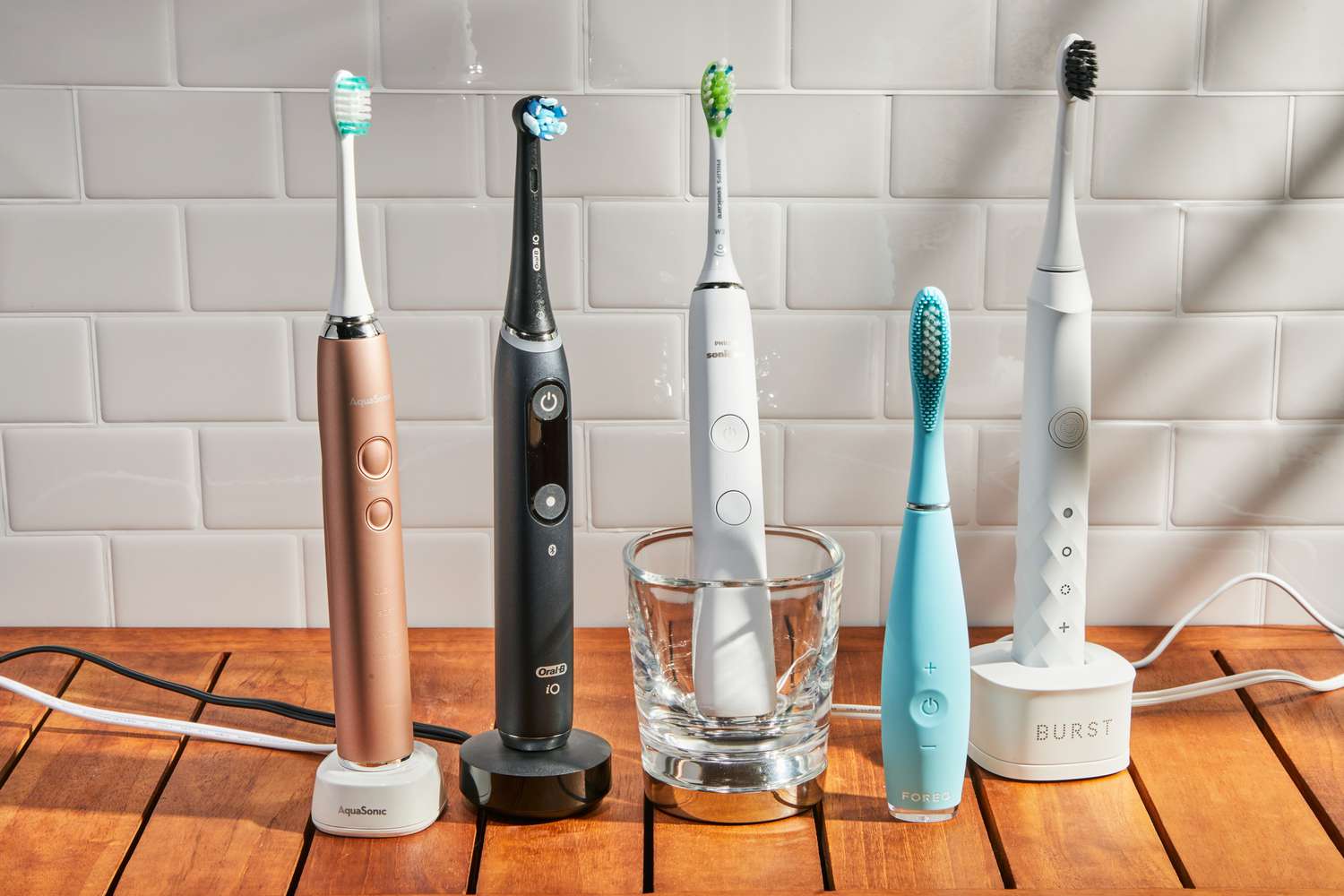
Small Electric Toothbrush
Why Choose a Small Electric Toothbrush for Your Oral Care?
Compact Design:
How Does Size Impact Usability and Effectiveness?
The compact design of small electric toothbrushes provides several advantages that impact their usability and cleaning effectiveness.
Enhanced Maneuverability:
Reaching Tight Spaces:
The smaller brush head of a compact electric toothbrush allows for better maneuverability, making it easier to reach tight spaces and clean areas that larger brush heads might miss. This thorough cleaning capability helps reduce plaque buildup and improve overall oral hygiene.
Precision Cleaning:
The precision offered by a small toothbrush head is particularly beneficial for individuals with braces, dental implants, or irregular tooth structures. It ensures that all areas are adequately cleaned, reducing the risk of cavities and gum disease.
Comfort and Control:
Ease of Use:
The ergonomic design and lightweight nature of small electric toothbrushes make them comfortable to use, even for extended brushing sessions. Users can maintain better control, reducing the risk of over-brushing and potential gum damage.
Ideal for Travel:
The compact size is also advantageous for travel, as it easily fits into travel cases and bags without occupying much space. Many models come with travel-friendly features such as protective caps and compact chargers.
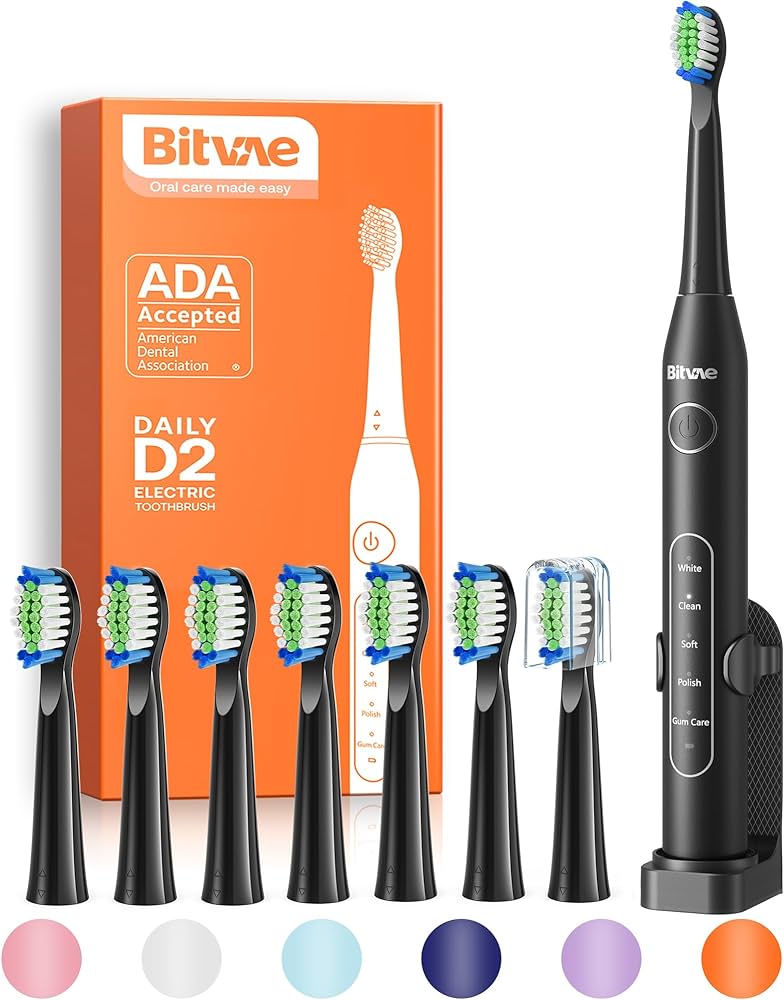 Effective Cleaning Technology:
Effective Cleaning Technology:
What Features Make Small Electric Toothbrushes Stand Out?
Small electric toothbrushes incorporate advanced cleaning technologies that rival their larger counterparts.
Sonic and Oscillating Motions:
Efficient Plaque Removal:
Many small electric toothbrushes use sonic or oscillating technology to efficiently remove plaque and debris. The high-frequency vibrations or rotating-oscillating movements reach deep between teeth and along the gumline, ensuring a comprehensive clean.
Gentle on Gums:
These technologies are designed to be gentle on gums, reducing the risk of irritation and promoting healthier gum tissues. Some models also come with pressure sensors that alert users if they are brushing too hard.
Customizable Settings:
Personalized Brushing Experience:
Small electric toothbrushes often feature multiple brushing modes, such as daily clean, sensitive, whitening, and gum care. Users can customize their brushing experience based on their specific oral health needs and preferences.
Built-In Timers:
Ensuring Optimal Brushing Time:
Built-in timers are a common feature in small electric toothbrushes, ensuring users brush for the dentist-recommended two minutes. Some models even have quadrant pacers that signal when it’s time to move to a different section of the mouth.
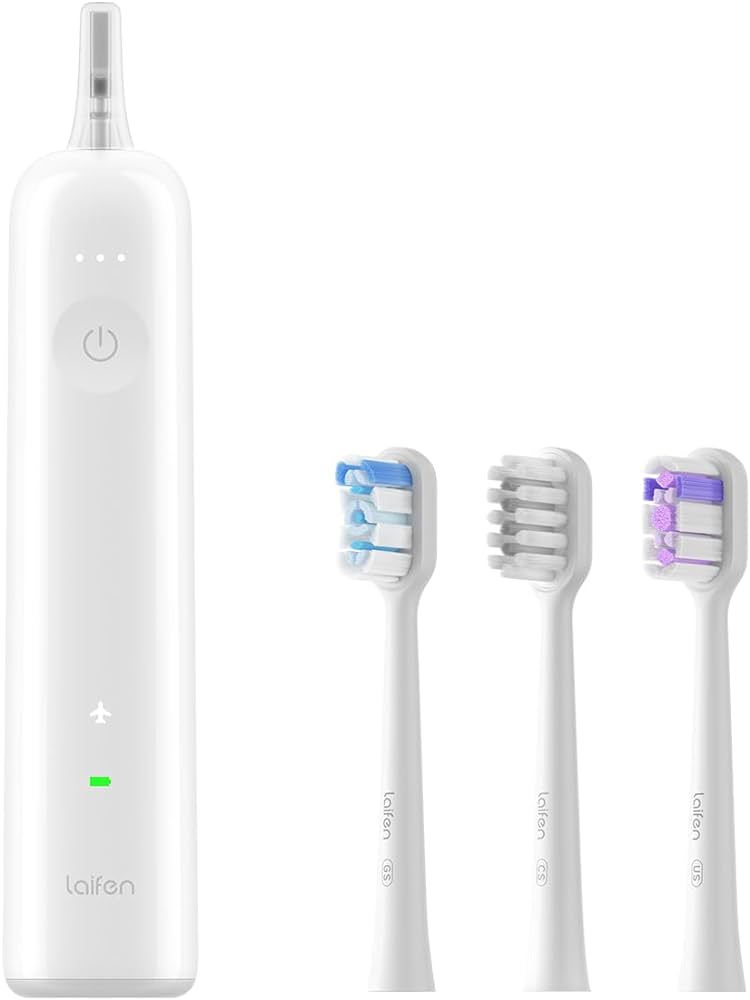 Battery Life and Charging Options:
Battery Life and Charging Options:
What Should You Consider for Convenience?
Battery life and charging options are essential considerations for the practicality of a small electric toothbrush.
Long-Lasting Battery:
Extended Use:
Many small electric toothbrushes come with rechargeable batteries that offer impressive battery life, lasting several days to weeks on a single charge. This extended use is particularly beneficial for travel or individuals with busy lifestyles.
Fast Charging:
Quick and Easy Recharging:
Fast charging options make it convenient to recharge the toothbrush when needed. Some models feature quick charge capabilities, providing enough power for a single brush after just a few minutes of charging.
Compact Chargers:
Travel-Friendly Solutions:
Compact and portable charging solutions, such as USB chargers or charging cases, add to the convenience of using a small electric toothbrush. These options are perfect for users who are frequently on the go.
Target Users:
How Do Small Electric Toothbrushes Benefit Different Age Groups and Needs?
Small electric toothbrushes are suitable for a wide range of users, from children to seniors, and those with specific oral care needs.
Children:
Encouraging Good Habits:
Small electric toothbrushes designed for children feature smaller brush heads and handles suitable for little hands, making brushing more manageable and fun. Some models come with interactive features or app connectivity to keep kids engaged and encourage good brushing habits.
Sensitive Teeth and Gums:
Gentle Cleaning:
For individuals with sensitive teeth and gums, small electric toothbrushes offer gentle cleaning options. Soft bristles and sensitive brushing modes ensure effective plaque removal without causing discomfort or irritation.
Braces and Dental Work:
Comprehensive Cleaning:
People with braces or dental work need precise and thorough cleaning to maintain oral health. Small electric toothbrushes can navigate around brackets, wires, and implants more efficiently, reaching areas that manual toothbrushes might miss.
Seniors:
Ease of Use:
The ergonomic design and ease of use make small electric toothbrushes ideal for seniors. Features such as lightweight construction and comfortable grips reduce the effort required for effective brushing, enhancing overall dental care.
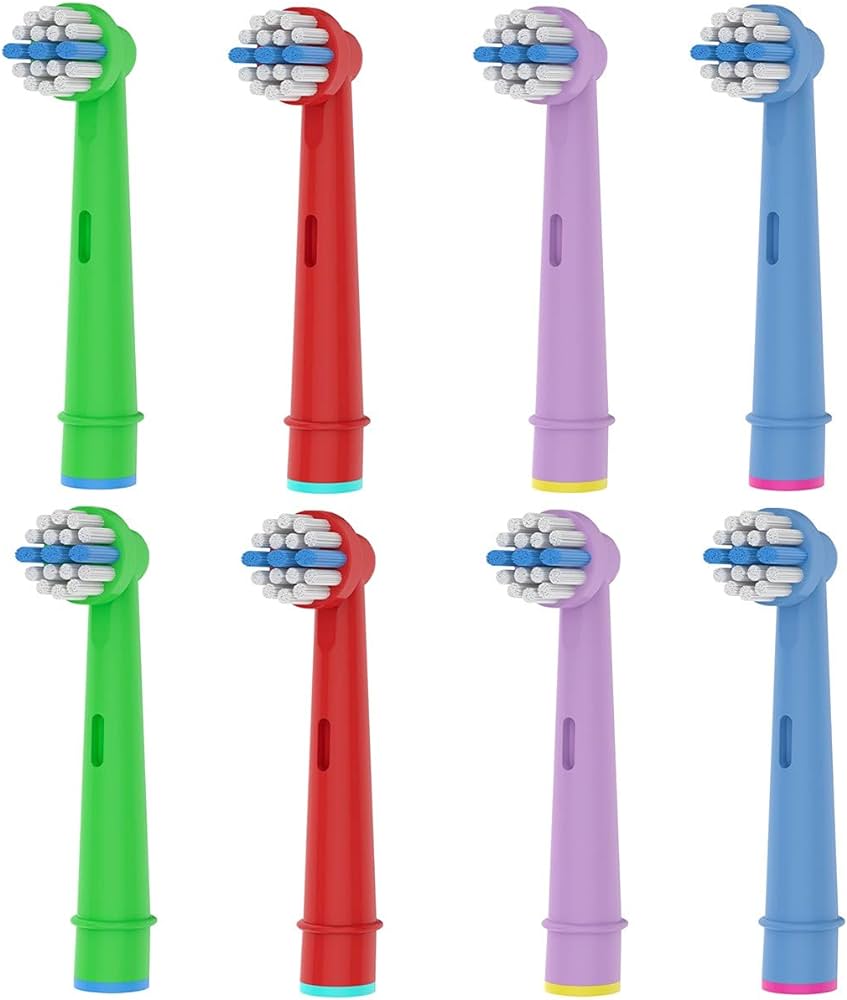 Maintenance and Care:
Maintenance and Care:
How Do You Maintain Your Small Electric Toothbrush for Longevity?
Proper maintenance and care are crucial for ensuring the longevity and optimal performance of a small electric toothbrush.
Regular Cleaning:
Hygienic Practices:
Rinse the toothbrush head thoroughly after each use and allow it to air dry. Periodically, remove the brush head and clean the handle to prevent the buildup of toothpaste and residue. Some models come with brush head covers for added hygiene.
Brush Head Replacement:
Timely Changes:
Replace the brush head every three months or sooner if the bristles show signs of wear. Worn-out bristles can reduce the cleaning effectiveness and may harm your gums. Many small electric toothbrushes have indicator bristles that fade over time, signaling when it’s time for a replacement.
Battery Maintenance:
Optimal Charging Practices:
Follow the manufacturer’s instructions for charging the toothbrush. Avoid leaving it on the charger continuously, as overcharging can reduce battery life. Allow the battery to drain completely occasionally to maintain its health.
Cost and Value:
Are Small Electric Toothbrushes Worth the Investment?
Considering the cost and value of small electric toothbrushes is vital for making an informed decision.
Initial Investment:
Affordable Options:
Small electric toothbrushes range in price, with budget-friendly options offering essential features and premium models providing advanced functionalities. Investing in a higher-end model may offer better performance and longevity, making it a worthwhile consideration.
Long-Term Savings:
Health Benefits:
The enhanced cleaning efficiency of electric toothbrushes can reduce the likelihood of dental issues like cavities and gum disease, potentially lowering dental care costs in the long run. The investment in a small electric toothbrush can contribute significantly to maintaining oral health.
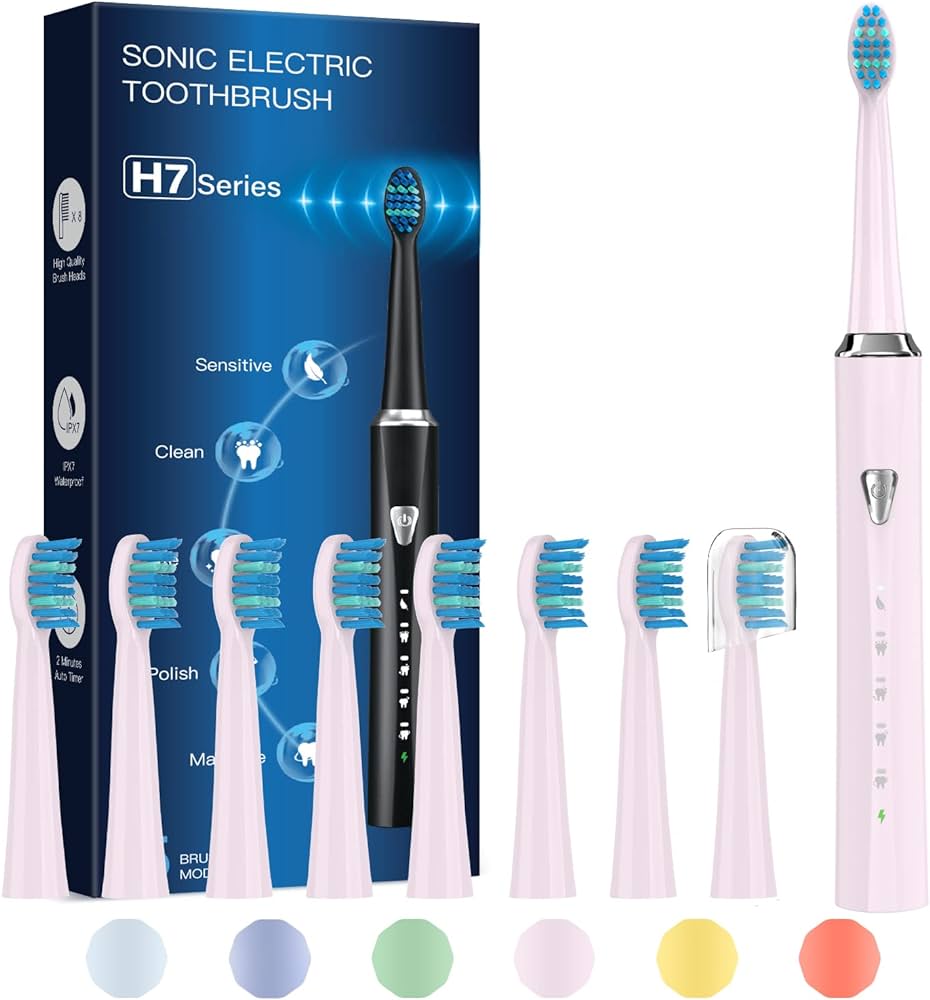 User Reviews and Recommendations:
User Reviews and Recommendations:
How Do You Choose the Best Small Electric Toothbrush?
Exploring user reviews and recommendations can guide you in selecting the best small electric toothbrush for your needs.
Feature Comparisons:
Evaluating Options:
Compare the features of different models, such as battery life, brushing modes, and design. Read user reviews to understand the experiences of others and identify any common issues or praises.
Brand Reputation:
Trustworthy Brands:
Consider models from reputable brands known for their quality and reliability. Brand reputation and warranty offerings can provide additional assurance of your investment’s durability and performance.
Tips for Optimal Use:
How Can You Maximize the Benefits of Your Small Electric Toothbrush?
Maximizing the benefits of your small electric toothbrush involves adopting optimal brushing techniques and habits.
Proper Brushing Technique:
Angle and Pressure:
Hold the toothbrush at a 45-degree angle to your gums and let the brush do the work. Avoid applying too much pressure, as the electric toothbrush’s movements are designed to clean effectively without excessive force.
Routine Care:
Consistent Habits:
Brush your teeth twice a day for at least two minutes each time. Incorporate flossing and mouthwash into your routine to ensure comprehensive oral care.
Professional Guidance:
Regular Check-Ups:
Regular dental check-ups can help monitor your oral health and provide personalized recommendations. Discuss your brushing habits and tools with your dentist to ensure you’re using the best methods for your specific needs.
Conclusion
Small electric toothbrushes offer a compelling mix of convenience, advanced technology, and thorough cleaning capabilities. Their compact design enhances maneuverability, making them ideal for reaching tight spaces and ensuring a comprehensive clean. With features like customizable settings, rechargeable batteries, and gentle brushing modes, they cater to a wide range of users, from children and seniors to individuals with specific oral care needs. Proper maintenance ensures their longevity and effectiveness, making them a valuable investment in your oral health. By understanding the benefits and features of small electric toothbrushes, you can make an informed decision that enhances your dental care routine and promotes long-term oral hygiene.

